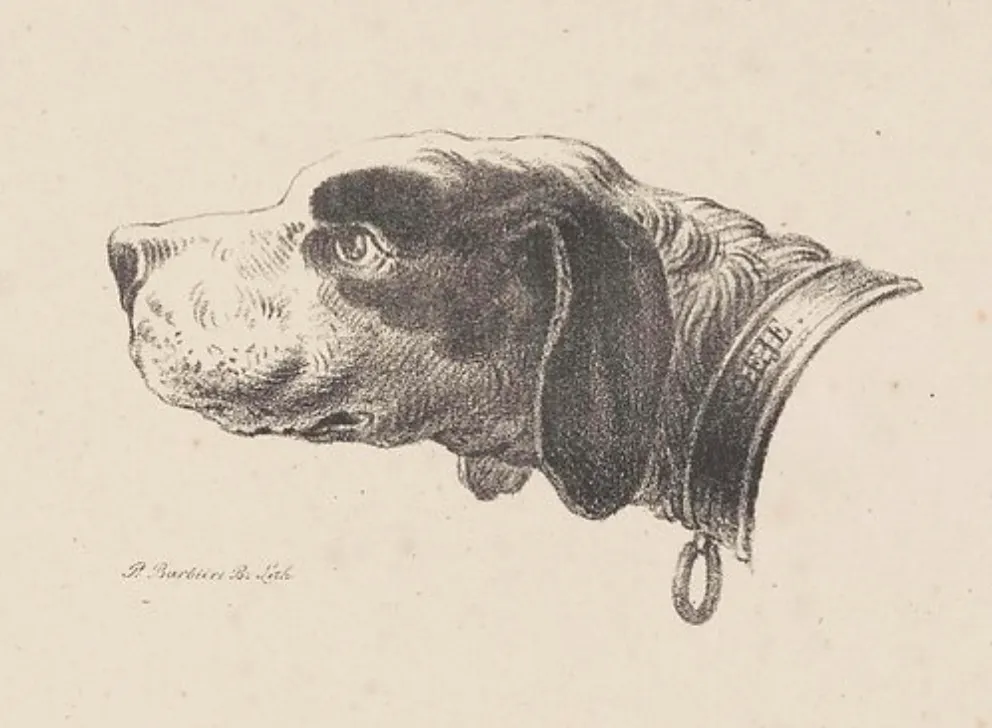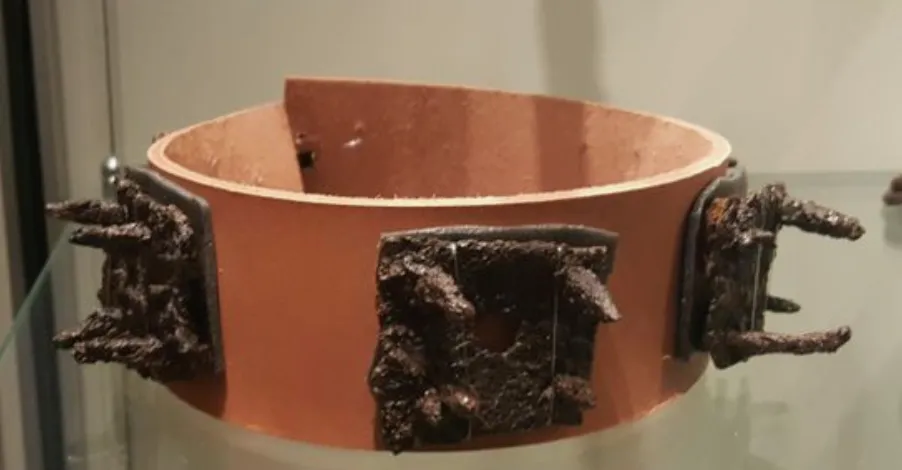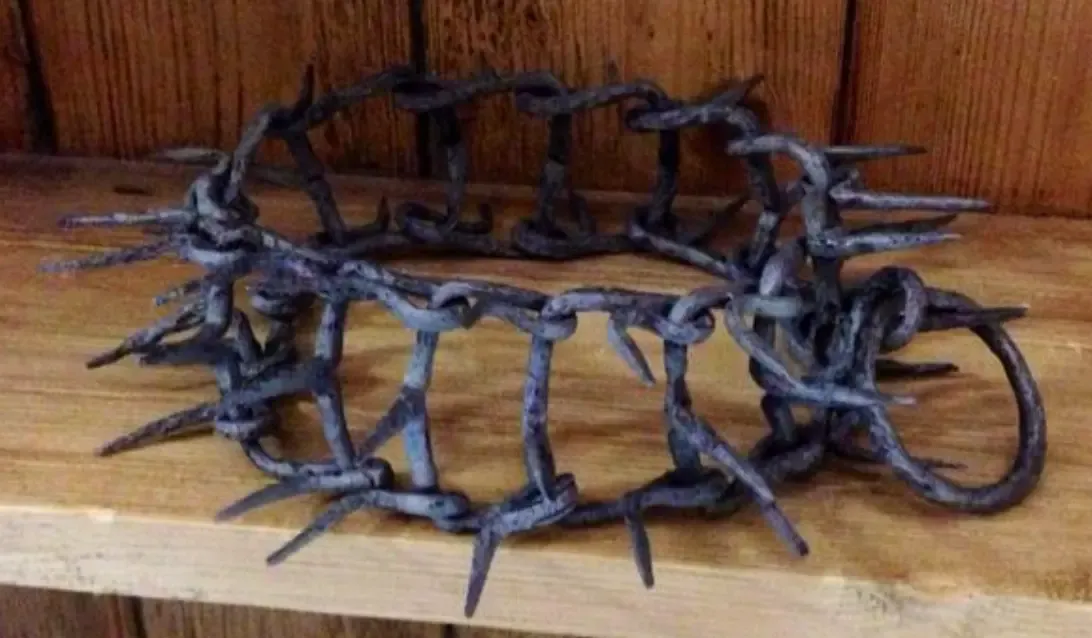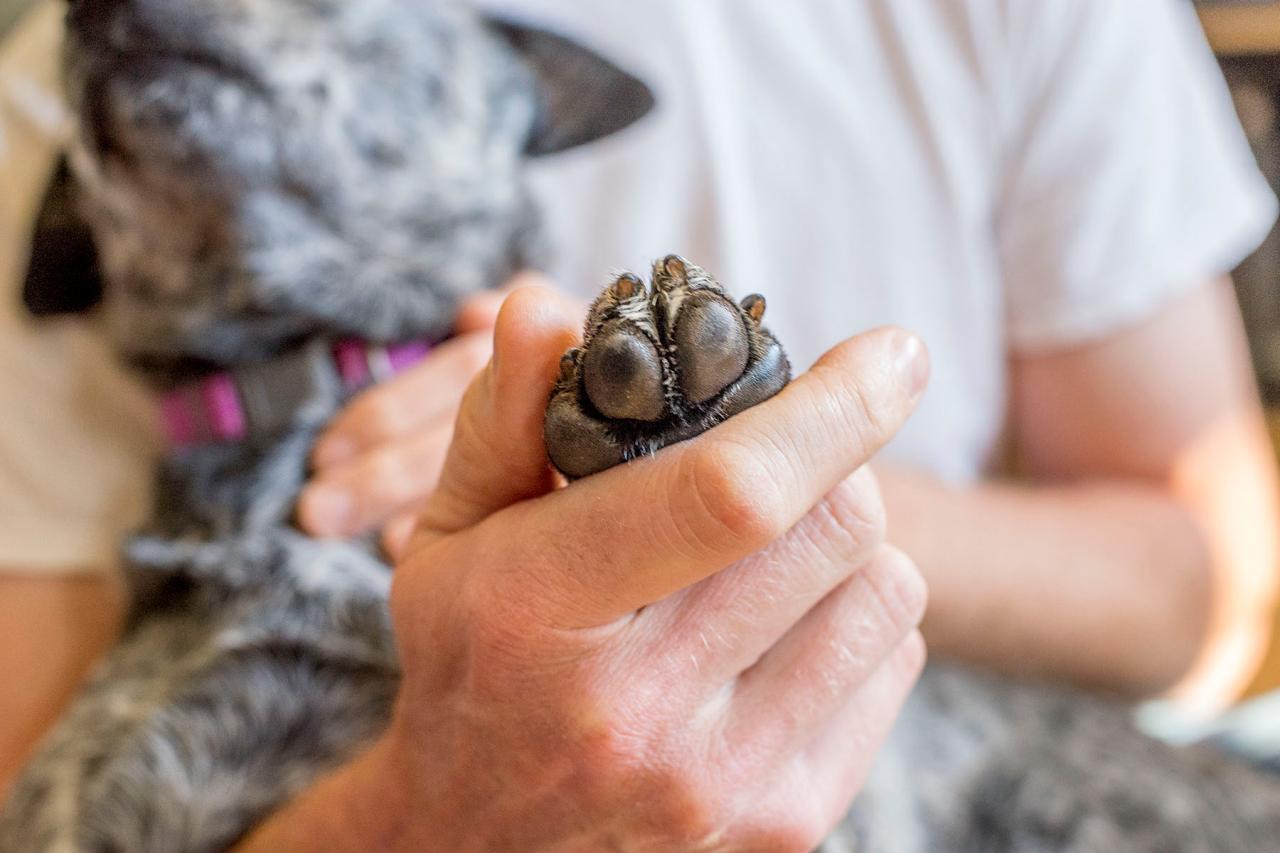When we put our dogs into their collars, most of us probably don't give a second thought as to the history of the dog collar and where it began. But in every corner of the world, this common object has had a single, important use that has been around for generations.
Previously, we believed that the domestication of dogs dated back around 16,000 years. However, some of the most recent research available on this subject shows that man's best friend might have been at our side for as many as 32,000 years.
But what about the origins of the dog collar? While dogs have been around for many thousands of years, the collar didn't come right away. Let's explore how and why this essential facet of dog ownership first came into use.

Early Evidence of Dog Collars
So, we know that the common household dog dates back tens of thousands of years, with the earliest evidence of differentiation between wolves and household dogs dating back to the fourteenth century. But this evidence didn't show any signs of the dog collar that we know today. Instead, fast-forward to around 5,000 to 6,000 years BC in Mesopotamia and Egypt. Archaeologists uncovering relics from this period discovered the carved ivory head of a Saluki breed dog, which also wore a collar.
This evolution of dog domestication and control wasn't limited to Mesopotamia and Egypt, though. History has multiple examples of civilizations across the globe adopting the dog collar as a useful tool and even a status symbol.

Dog Collars in Ancient Greece
Ancient Greece has taught us a lot about human history, but it also indicates that the Greeks were using collars to control their pups. Among the remains that we humans have uncovered are dogs that wore metal collars, often covered with spikes that afforded them protection against wild wolves.
Since farmers needed to protect their livestock, dogs were a useful commodity. Of course, the dogs were at risk of attack too, which is why historians believe that farmers chose these collars. Elsewhere, among wealthier families in the cities, collars were less rudimentary and crafted out of expensive metals or even engraved with their dogs' names.

Dog Collars in Ancient China & Japan
As is often the case with ancient cultural traditions in China and Japan, people largely believed that dogs could provide warding against evil spirits and ghosts. Dog collars in these cultures would typically be adorned with charms and small bells, which were thought to scare off such spiritual entities. Parents even applied these charms and bells to their children's clothing, as they believed that ghosts would mistake them for dogs and give them a wide berth.

Dog Collars in Norse Mythology
The Norse people held similar beliefs to those in ancient China and Japan. They saw canines as spiritual guardians, which is why they were commonly featured in their beliefs about the Gods and the afterlife. Fenrir, or Fenrisúlfr, is a vast wolf that featured prominently in mythology. He was considered one of the greatest antagonists of the Aesir and destined to destroy Odin during Ragnarok.
Some who lived through the age of the Vikings would share their homes and even their beds with their pups. Some were even buried alongside them. Dogs discovered from this period had both leashes and collars, many of which identified the owner.

Dog Collars in the Middle Ages
While dog collars were largely functional or a sign of status for a time, during the Middle Ages they became more important as a means of identifying ownership. This was particularly true for working dogs, who had a specific role and rank. Such dogs usually had fairly basic collars made out of thin leather, though the upper classes still continued to keep collared dogs as a status symbol. It wasn't uncommon to see these canines wearing jewel-encrusted collars made from precious metals to reflect their owner's wealth and position in society.

Dog Collars in the Renaissance
As noted above, until the Renaissance period began, most dog owners kept their canines for functional reasons. For example, protecting livestock or to use as bait when hunting wolves. However, during the Renaissance, people began to keep pets for companionship. Due to the costs involved, this kind of dog ownership was typically only accessible by the middle or upper classes.
However, this change in attitude sparked a desire to own specific breeds, which is why the Renaissance was partly responsible for the start of the dog breeding movement that continues to this day..

Where do you think the dog collar will be in 5 years? 10 years?
The dog collar continues to evolve as science and hardware continue to improve. Much like we look back on ancient history and the origins of the first rudimentary dog collars, it's likely that people will do the same with our civilization in hundreds of years.






